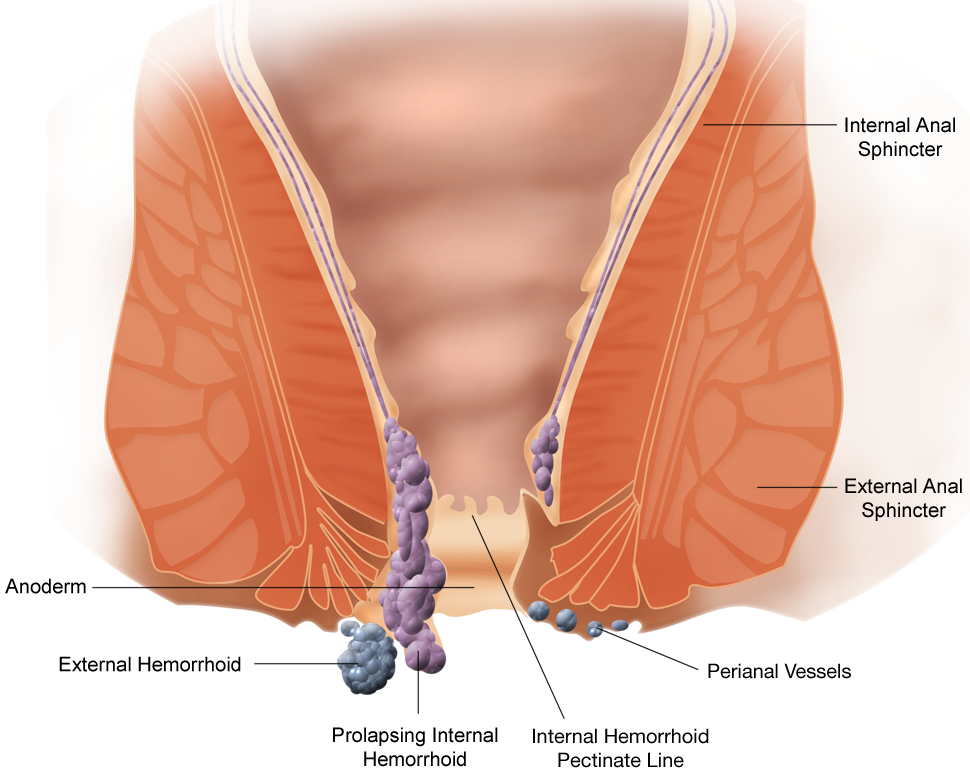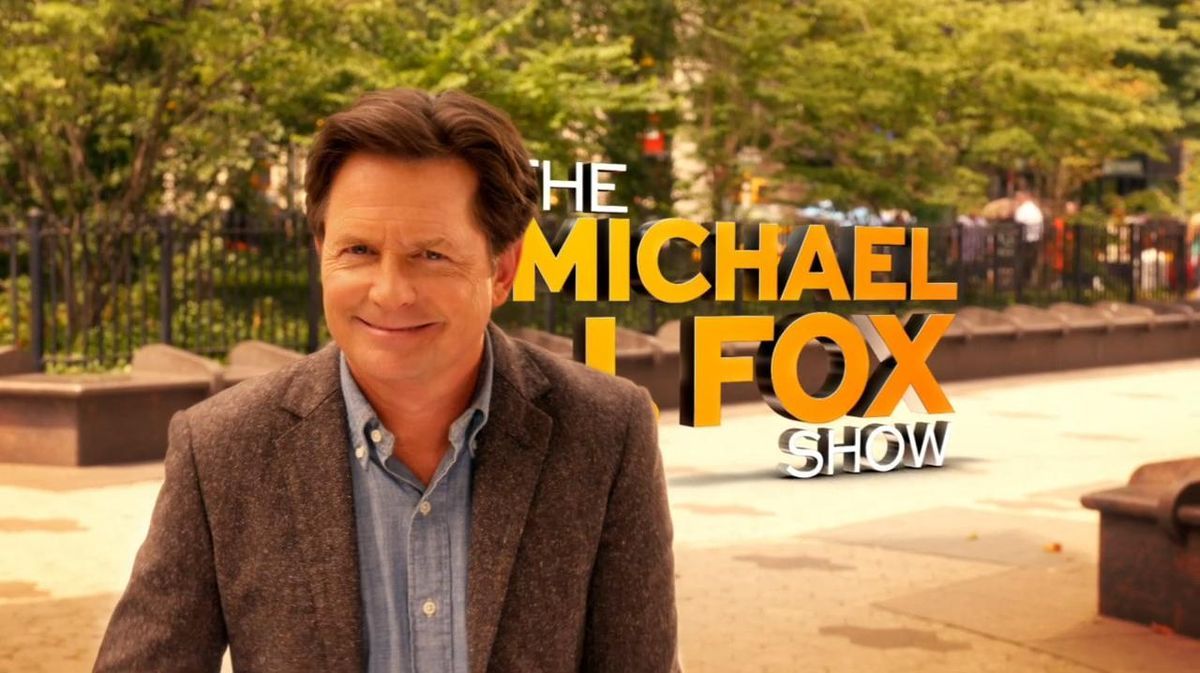
In the annals of Hollywood, few figures shine as brightly or as enduringly as Michael J. Fox. His career, launched from humble beginnings as a self-described “army brat” who honed his craft in school drama clubs in Canada, ascended rapidly to global superstardom. From his breakout role as Alex P. Keaton on the hit television series ‘Family Ties’ to his iconic portrayal of Marty McFly in the beloved ‘Back to the Future’ trilogy, Fox captivated audiences with his dynamic energy and undeniable charm. He won three Primetime Emmy Awards and a Golden Globe Award for his work on ‘Family Ties’ alone, cementing his status as a comedic and dramatic force. By 1985, ‘Back to the Future’ was the number one movie, bringing him worldwide fame.
Yet, behind the dazzling facade of his burgeoning success, a profoundly challenging personal battle was quietly beginning. In 1991, while filming ‘Doc Hollywood,’ Michael J. Fox, then just 29 years old, developed an unsettling tremor in his pinky finger. A consultation with a neurologist soon delivered a surprising and devastating diagnosis: young-onset Parkinson’s disease. This revelation marked a seismic shift in his life, introducing an unpredictable variable into a trajectory that had, until then, seemed destined for unblemished ascent.
For seven years, Michael J. Fox chose to keep his illness under wraps, continuing to work steadily in movies such as ‘For Love or Money,’ ‘The American President,’ and ‘Frighteners.’ During this period, he also returned to series television, taking on the role of Deputy Mayor Mike Flaherty in ABC’s ‘Spin City,’ a decision partly driven by a desire to remain closer to his growing family in New York City. This role further solidified his critical acclaim, earning him another Emmy Award, three Golden Globe Awards, and two Screen Actors Guild Awards. However, as his Parkinson’s symptoms became increasingly difficult to conceal, particularly during the series’ third season, Fox made the courageous decision to reveal his diagnosis to the press and the general public, a moment that would forever redefine his public persona.

His public announcement was met with an outpouring of interest and support, a response that surprised and deeply moved him. As he later reflected, “It was a great surprise to me that people responded the way they responded. They responded with interest, in the desire to find an answer to the disease, and then I saw that as a great opportunity. I didn’t get put in this position to squander it.” This candidness would become a hallmark of his approach to living with Parkinson’s, transforming a private struggle into a public platform for advocacy and research.
Decades after his initial diagnosis, and following a career marked by both artistic triumphs and relentless advocacy, Michael J. Fox continues to offer candid insights into his life with Parkinson’s. In a recent interview with Jane Pauley of CBS News, Fox offered a profoundly intriguing admission, one that resonated deeply within the scientific community and among those grappling with the complexities of neurodegenerative diseases. Alluding to a prior comment he made in 2022 during an award ceremony, Pauley directly asked him, “Is it possible you did some damage?”
Fox’s answer was delivered with his characteristic forthrightness and a hint of self-reflection: “Yeah, very possible. … I mean, there’s so many ways that you can, that I could’ve hurt myself. I could’ve hit my head. I could’ve drank too much at a certain developmental period. Most likely I think is, that I was exposed to some kind of chemical. What we say is that genetics loads the gun and environment pulls the trigger.” This statement, coming from a figure so intimately associated with Parkinson’s disease, immediately sparked contemplation about the multifactorial nature of the condition, aligning with broader scientific understanding that while its ultimate cause remains “unknown,” contributing factors often include both genes and environmental elements.
Read more about: From Pixelated Thrills to Global Phenomenon: The Unstoppable Journey of Sega’s Iconic Speedster, Sonic the Hedgehog
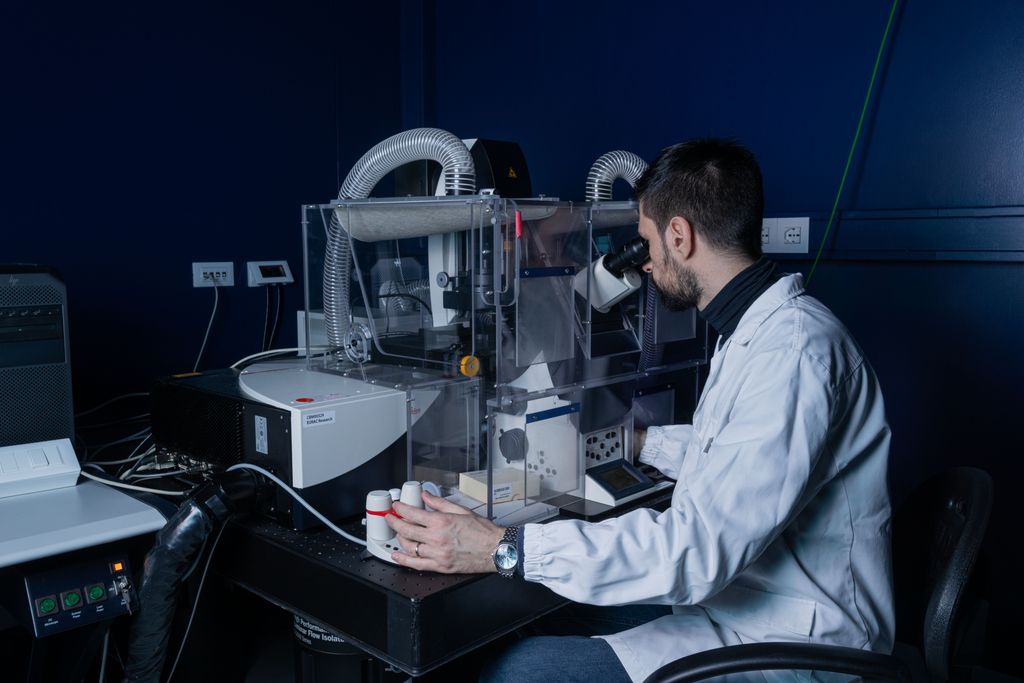
From a chemist’s vantage point, the possibility of chemical exposure as a contributing factor to Parkinson’s disease is particularly compelling, not merely as speculation but as a chilling echo of real-world events. While Fox did not explicitly state that he took any drugs, his contemplation of chemical exposure brings to mind a unique and horrifying chapter in medical history. This was a chapter where a “culprit was indeed ‘some kind of chemical,’ but it wasn’t alcohol or anything in the environment” in the way one might typically conceive. It was a precise, inadvertent exposure that illuminated the devastating potential of certain compounds on the human nervous system.
The incident that provides such a stark parallel unfolded in 1982, involving a group of heroin addicts who, tragically, injected a “bad batch” of an analog of Demerol. The consequences were swift and catastrophic: these individuals developed severe Parkinson’s symptoms not over years, as is typical with the disease’s progression, but in mere days. The drug, known as MPPP (desmethylprodine), had been contaminated with a highly neurotoxic impurity. The results were both “astonishing and horrifying,” painting a grim picture of how chemistry gone awry could unleash an unprecedented neurological assault.
This harrowing tale of chemical contamination traces back further, to a critical blunder made by a graduate student in 1976. Barry Kidston, an individual keen on discovering legal narcotics for his own use, embarked on a journey into the world of synthetic opiates. At the time, MPPP, which possesses morphine-like properties, was neither an approved drug nor designated as a Schedule I substance, rendering its manufacture and use perfectly legal. Kidston consumed the drug for months without incident, highlighting the inherent complexity and unpredictability of chemical synthesis.
However, a pivotal moment of carelessness altered everything. Kidston “got a little sloppy with his chemistry,” failing to control the temperature of the MPPP-forming reaction. For organic chemists, this particular mistake carries a logical and predictable consequence. The final step in MPPP synthesis involves a common procedure called acylation, where the precursor HPMP reacts with propionic anhydride to form the desired drug, MPPP. Yet, if the reaction temperature rises above a crucial 30 degrees Celsius, a critical bond, described by chemists as “just dying to break,” will do exactly that.
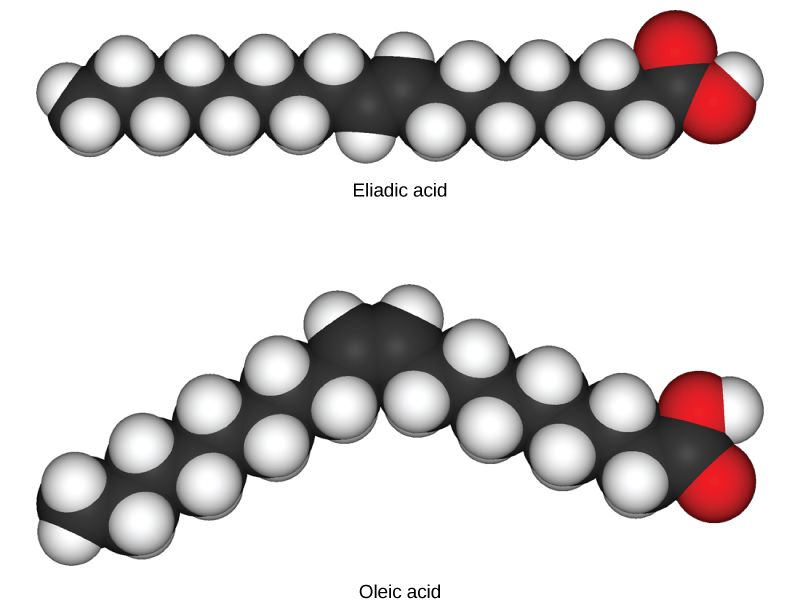
Through a process known as elimination, the propionyl group departs, replaced by a carbon-carbon double bond. The result is no longer pure MPPP, but a mixture containing an unwanted and sinister impurity: MPTP. While the inclusion of a “bit of an impurity” might generally seem inconsequential in other contexts, in this specific instance, the impurity harbored an unprecedented capacity for harm within the brain, rendering Kidston an unwitting “lab rat” in a deadly neurochemical experiment.
The journey of MPTP into the human brain is a testament to the intricate interplay of molecular structure and biological systems. Medicinal chemists, upon examining the structure of MPTP, could readily predict its ability to cross the blood-brain barrier—a critical gateway that protects the central nervous system from harmful substances. Once inside the brain, the true malevolence of MPTP unfurls, though it is not MPTP itself that is the primary aggressor. Instead, it undergoes a metabolic transformation, catalyzed by a ubiquitous family of enzymes known as monoamine oxidases (MAO).
These MAO enzymes, vital for the formation and metabolism of numerous neurochemicals and critical regulators of the central nervous system, inadvertently convert MPTP to MPP+. This transformation is, from a biological standpoint, a catastrophic “mistake.” MPP+ is, simply put, “seriously bad news” for the brain. It exhibits a particular affinity for the cells within the substantia nigra, a region of the brain responsible for producing dopamine. Once MPP+ reaches this vulnerable area, “all hell breaks loose.” It specifically and lethally targets the dopaminergic neurons in the substantia nigra, leading to their destruction. The profound absence of dopamine, a critical neurotransmitter, is the definitive “hallmark of Parkinson’s.”
Barry Kidston experienced the horrifying consequences of this chemical chain reaction firsthand. Within days of injecting the impure batch of MPPP, he developed strange and severe symptoms, most notably bradykinesia—a profound slowing of movement. His condition deteriorated to such an extent that he required hospitalization, where he received a diagnosis of Parkinson’s disease. This diagnosis was particularly striking given his young age, as Parkinson’s is “very rare in young people.” Yet, Kidston had unequivocally contracted the disease, the direct result of a single injection of an impure drug.

Medical professionals attempted to alleviate his symptoms with a variety of neuroleptic drugs, but these proved ineffective. Subsequently, L-dopa, a medication first used on Parkinson’s patients in the 1960s with varying success, was administered. It offered Kidston some relief, at least initially. However, L-dopa is known to lose effectiveness over time, and this proved to be the case for Kidston. He became severely depressed and, tragically, died of a cocaine overdose 18 months after his initial exposure, a grim conclusion to his involuntary contribution to neuroscience.
The definitive link between MPTP and Kidston’s Parkinson’s disease was rigorously established through the analysis of drug residue remaining on the glassware he had used. The impurities were isolated, identified, and subjected to testing, providing irrefutable evidence of the neurotoxic agent at play. Kidston, through his unwitting misfortune, had “unknowingly written a chapter on the neurochemistry of Parkinson’s Disease at his own expense,” providing the scientific community with an invaluable, albeit tragic, case study.
The story of MPP+ did not conclude with Barry Kidston. Five years later, in 1982, California became the site of another, more widespread tragedy. A cluster of six drug users, who had consumed a substance known on the street as “China White,” all presented with pronounced Parkinson-like symptoms. Chemical analysis of the drug revealed the culprit: MPTP. This incident stemmed from a drug dealer’s ill-fated attempt to perform organic synthesis in his garage, underscoring the extreme hazards of amateur chemistry. The vivid description of these individuals as “frozen addicts” could not have been more apt, capturing the severe, movement-inhibiting effects of the neurotoxin.
These instances serve as a potent reminder that “organic synthesis is both science and art.” It demands “skill and experience to get it right.” The profound and devastating consequences witnessed in the cases of Kidston and the “frozen addicts” tragically illustrate the perilous outcomes when such complex chemical processes are undertaken without the requisite expertise. A “drug dealer working in a garage is probably not going to get it right,” a stark warning to anyone considering the use of illicitly produced substances.

Returning to Michael J. Fox’s speculation, it is crucial to understand the nuances of these historical precedents. While Fox pondered whether he might have been “exposed to some kind of chemical,” and the MPTP incidents vividly demonstrate the devastating impact of such exposure, a direct link in his case remains unproven and statistically improbable. The Demerol analog, MPPP, and its toxic impurity, MPTP, are described as “long gone” from the illicit drug landscape. The cases of Kidston and the “frozen addicts” were, by all accounts, “one-in-a-million, freaky incident[s],” singular in their circumstances and profound in their impact on scientific understanding.
It has been more than 47 years since Kidston’s tragic blunder and over 30 years since Fox received his life-altering diagnosis. While the stories of Barry Kidston and Michael J. Fox, separated by only 15 years in their respective afflictions, share the unfortunate commonality of young men being struck by a terrible disease early in life, their causal paths diverge significantly. Kidston’s disease was undeniably “self-inflicted,” with its role in causing Parkinson’s “rigorously proven in animal models.” Conversely, Fox’s contemplation of chemical exposure, while not “impossible,” is deemed “just unlikely” to involve such a specific and rare neurotoxin.
The intricate mechanisms underlying Parkinson’s disease continue to be a subject of intense scientific inquiry. Despite the clearer understanding gleaned from instances like the MPTP tragedy, which provided invaluable insights into the destruction of dopaminergic neurons, the fundamental cause of this “awful condition” largely remains an elusive mystery. The journey to a definitive answer, encompassing the complex interplay of genetics, environmental factors, and perhaps unforeseen elements, continues unabated.
Beyond the Diagnosis: Michael J. Fox’s Enduring Legacy of Advocacy, Resilience, and Optimism

Michael J. Fox’s decision to reveal his Parkinson’s diagnosis to the world was not an endpoint but rather a transformative new beginning. With the symptoms of his disease becoming increasingly difficult to manage during the third season of ‘Spin City,’ Fox made the courageous choice to share his truth with the public. This moment, far from signaling a retreat, ignited an even more profound chapter in his life, one characterized by unparalleled advocacy, unyielding optimism, and a deep commitment to finding a cure for Parkinson’s disease. It was a pivot from personal struggle to global crusade, leveraging his immense platform for the greater good.
The genesis of The Michael J. Fox Foundation for Parkinson’s Research in the fall of 2000 stands as a monumental testament to this commitment. After retiring from full-time acting to focus on his burgeoning advocacy, Fox channeled his formidable energy into establishing what ‘The New York Times’ has lauded as “the most credible voice on Parkinson’s research in the world.” From its very inception, the Foundation’s mission was clear and urgent: to aggressively fund research aimed at developing improved treatments and, ultimately, a cure for Parkinson’s disease. This was not merely another charitable organization; it was designed as a philanthropic powerhouse with a singular, resolute focus.
Indeed, the Foundation’s approach is as unique as its founder’s resolve. It deliberately holds “no endowment or excessive financial reserves,” choosing instead to “act with urgency, typically deploying funds raised within a few months for the fastest possible impact.” This model reflects a palpable sense of immediacy, driven by the profound personal understanding of the disease’s relentless progression. To date, the Foundation has galvanized the search for a cure, raising an astonishing “over $2.5 billion dollars” and funding “more than 20 early-stage therapeutic programs,” significantly moving the field closer to its elusive goal.
Despite stepping back from full-time acting, Michael J. Fox’s artistic spirit proved irrepressible. He continued to defy the grim prognosis he received—a doctor initially told him he would only be able to act for another decade after his diagnosis. Yet, Fox, describing himself as “kind of a freak,” continued to take on supporting roles, ingeniously incorporating his Parkinson’s symptoms into the characters he portrayed. His memorable guest appearances on shows like ‘Scrubs,’ ‘Boston Legal,’ ‘Designated Survivor,’ ‘The Good Wife,’ and ‘Curb Your Enthusiasm,’ alongside his Emmy-winning role as Dwight on ‘Rescue Me,’ demonstrated his unwavering dedication to his craft.

In 2013, he even starred in ‘The Michael J. Fox Show,’ an NBC comedy loosely based on his life as a father living with Parkinson’s, further blurring the lines between his personal reality and his art. Although he eventually retired from acting in 2020, citing “the nascent diminishment in my ability to download words and repeat them verbatim” as a key factor, his contributions to the screen remain profound. His life was further chronicled in the critically acclaimed 2023 Apple TV+ documentary, ‘Still: A Michael J. Fox Movie,’ which garnered four Emmy awards, and he is set to release his fifth book, ‘Future Boy,’ in the fall of 2025.
His enduring impact extends far beyond the realm of entertainment and philanthropy, encompassing a life richly adorned with accolades that recognize his unwavering dedication and profound societal impact. Michael J. Fox is a recipient of the Presidential Medal of Freedom, the United States’ highest civilian honor, awarded in January 2025, for his “exemplary contributions to the prosperity, values or security of the United States, world peace or other significant societal, public or private endeavors.” This prestigious award underscores the breadth of his influence, transcending his celebrity to acknowledge his role as a transformative global citizen.
In 2024, ‘Time Magazine’ included him in its esteemed list of the 100 people “transforming the world,” a testament to his ongoing relevance and inspiration. His contributions to science and medicine have been recognized through honorary degrees from globally renowned academic institutions, including The Karolinska Institute in Sweden—the very institution that bestows the Nobel Prize in the sciences—as well as New York University, the Icahn School of Medicine at Mount Sinai, the University of British Columbia, and Stony Brook University. He was also named ‘GQ’ Man of the Year in 2000 and appointed Officer of the Order of Canada in 2010, reflecting international recognition of his exceptional character and contributions.
Read more about: Your Netflix Binge Guide: 15 Must-Watch Movies
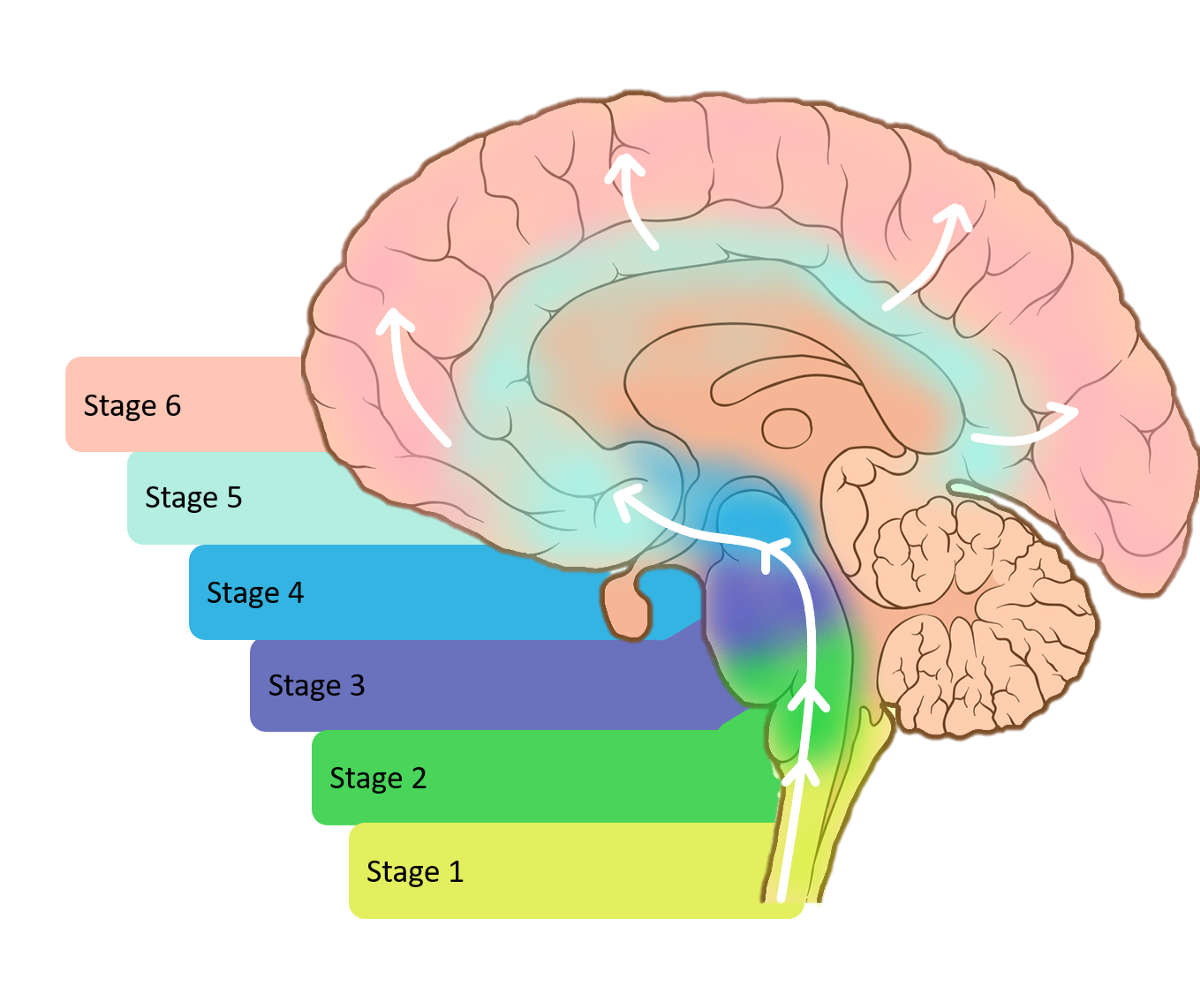
The entertainment industry has also bestowed numerous honors upon him, recognizing not just his acting prowess but his courageous spirit. In the fall of 2022, the Academy of Motion Picture Arts and Sciences presented him with an honorary Oscar, the Jean Hersholt Humanitarian Award, celebrating his tireless advocacy for Parkinson’s disease research. He has received several lifetime achievement awards for his accomplishments in acting, including the 2011 Hoerzu Magazine Golden Camera Award and the 2010 Distinguished Service Award from the National Association of Broadcasters.
Cumulatively, his career is marked by an astounding collection of awards: 18 Emmy nominations resulting in five wins, four Golden Globe Awards, a Grammy Award for Best Spoken Word Album (for ‘Always Looking Up’), two Screen Actors Guild Awards, and the People’s Choice Award. These accolades paint a vivid picture of a life lived with extraordinary impact, demonstrating that even in the face of profound personal adversity, one can achieve unprecedented levels of public service and recognition.
Navigating life with Parkinson’s has led Michael J. Fox to a profound philosophy of acceptance, a perspective he has shared openly and eloquently. He described to Willie Geist of TODAY how accepting his diagnosis helped change his perspective, stating, “You eventually come to a place where you go, ‘I can do this.’ This is just the way it is. It’s something that happened to me. It’s not something I’m suffering from. It’s my reality.” He further articulated this powerful insight, saying, “I find that the partner of gratitude is acceptance and surrender.”
This philosophy is deeply intertwined with his predisposition to view challenges through a lens of optimism and humor, a theme that permeates his four best-selling autobiographies: ‘Lucky Man,’ ‘Always Looking Up,’ ‘A Funny Thing Happened on the Way to the Future,’ and ‘No Time Like the Future.’ These works, three of which were Grammy-nominated audiobooks, serve not just as memoirs but as guides to finding light in the darkest corners of life. His public appearances, such as his surprise presentation at the 2024 EE BAFTA Film Awards, where he received a standing ovation, continue to inspire awe and admiration, reminding audiences of the enduring power of his spirit.
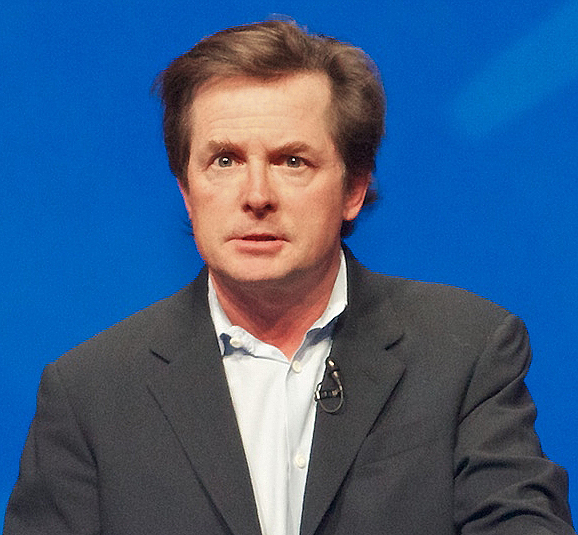
Yet, his journey has been far from without its profound difficulties, challenges he has faced with disarming candor. In 2018, just months after undergoing spinal cord surgery, he experienced what he termed his “darkest moment” when he broke his arm at home while alone. He recounted the raw despair: “I just snapped. I was leaning against the wall in my kitchen, waiting for the ambulance to come, and I felt like, ‘This is as low as it gets for me.’ It was when I questioned everything. Like, ‘I can’t put a shiny face on this. There’s no bright side to this, no upside. This is just all regret and pain.’”
He has also spoken openly about the physical toll, revealing in 2023 that he had broken several bones in recent years due to Parkinson’s disease, necessitating constant aides and a significant loss of privacy, which he found “hard to deal with.” His honesty extends even to the somber realities of his future, as he shared with CBS Sunday Morning in 2023, acknowledging that he does not expect to live into his 80s. He explained that “falling and aspirating food and getting pneumonia” are significant risks, emphasizing, “You don’t die from Parkinson’s; you die with Parkinson’s. I’m not gonna be 80. I’m not gonna be 80.”
Despite the formidable personal challenges, Michael J. Fox’s outlook remains steadfastly focused on a future of hope, driven by the ongoing fight for a cure. While Parkinson’s disease currently has “no cure” and its symptoms are typically managed with medication and surgery, the landscape of understanding and treatment has evolved significantly. The Cleveland Clinic notes that the average life expectancy for Parkinson’s disease in 1967 was “a little under 10 years” from diagnosis, a statistic that has now grown to “14.5 years or more,” representing a 55% increase.
The Michael J. Fox Foundation continues to be at the forefront of this progress, a commanding voice in scientific philanthropy. Its aggressively funded research agenda continues to foster “incredible momentum in research and scientific advancements.” The Foundation’s ultimate aspiration remains clear, as stated on its website: “We aspire to go out of business.” This powerful declaration encapsulates the profound hope for a future free from Parkinson’s, a future for which Michael J. Fox has tirelessly dedicated his life and legacy.
Read more about: Behind the Smile: Exploring the Tragic Details of Shannen Doherty’s Battle and Julie Bowen’s Hidden Struggles

Read more about: Your Netflix Binge Guide: 15 Must-Watch Movies
His journey, marked by early diagnosis, public advocacy, and an unwavering spirit, serves as a beacon for millions. It underscores the profound truth that resilience is not the absence of struggle, but the capacity to transform it into a powerful force for change. Michael J. Fox’s life is a living testament to the human spirit’s ability to defy expectations, embrace reality with courage, and relentlessly pursue a brighter tomorrow, not just for himself but for all those touched by Parkinson’s disease. His story is one of enduring hope, painted across the canvas of a life profoundly impacted, yet defiantly optimistic.



